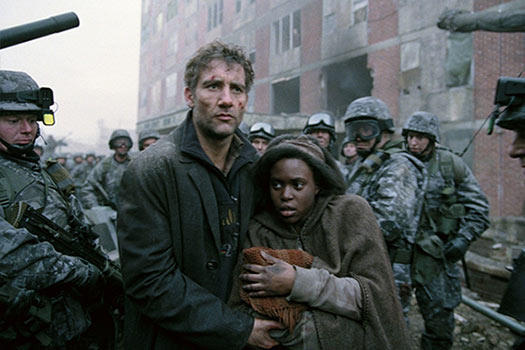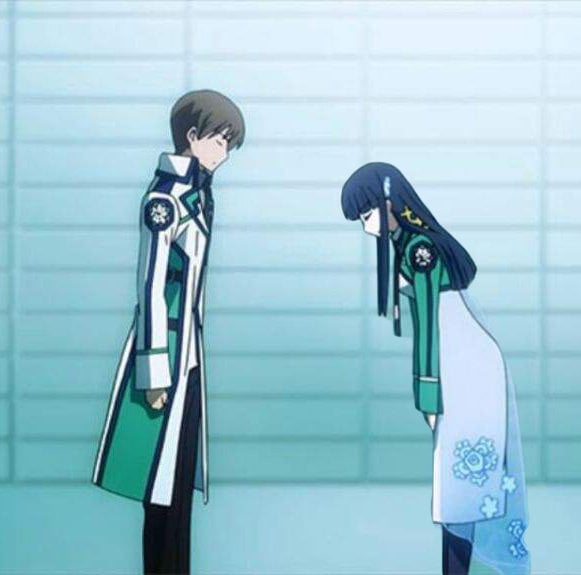My Japanese mother-in-law once remarked that, “I sure don’t see many women with big stomachs these days.” At first I thought that women were getting thinner, but my wife said no, her mother had been referring to the lack of pregnant women in Japan. It’s true — the birthrate here is among the lowest in the industrialized world, just 1.39 children per couple, and it’s more and more common to see companies offering products and services to those over 65 rather than baby-related items. While the falling population is felt most in less-populated parts of Japan — in rural Mie Prefecture, for example, the maternity wards of three separate hospitals were combined into one location to more efficiently utilize resources, which caused no small inconvenience for expectant mothers in the area — now it’s starting to affect Tokyo, which posted the first-ever drop in population since 1956, as deaths outpaced births for the first time. Last week my wife visited her gynecologist for a check-up, and got a shock. “It’s totally different from when I was pregnant with the kids. Back then there were about ten pregnant women in the waiting room, but now there were only two. There were more women there getting fertility treatments than having babies.”

“Children of Japan,” now a major motion picture.













